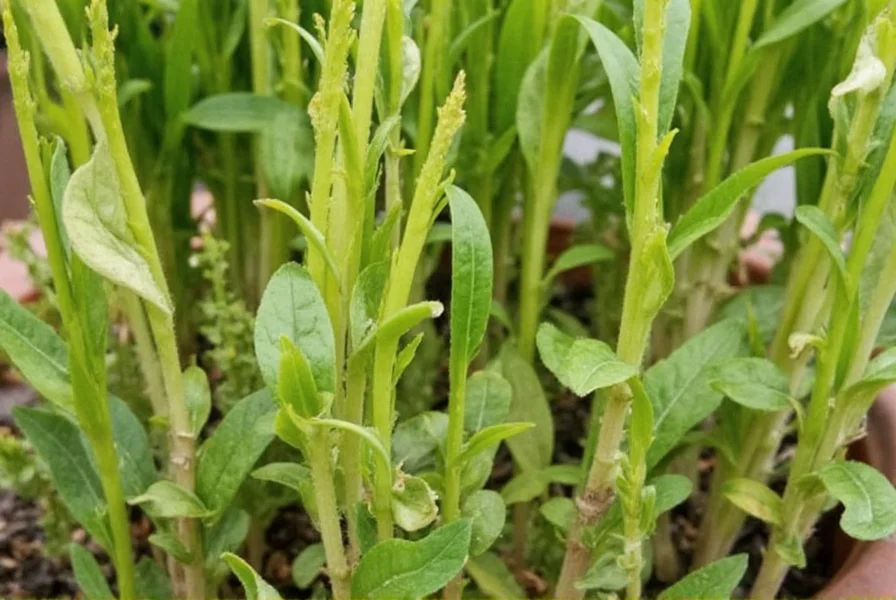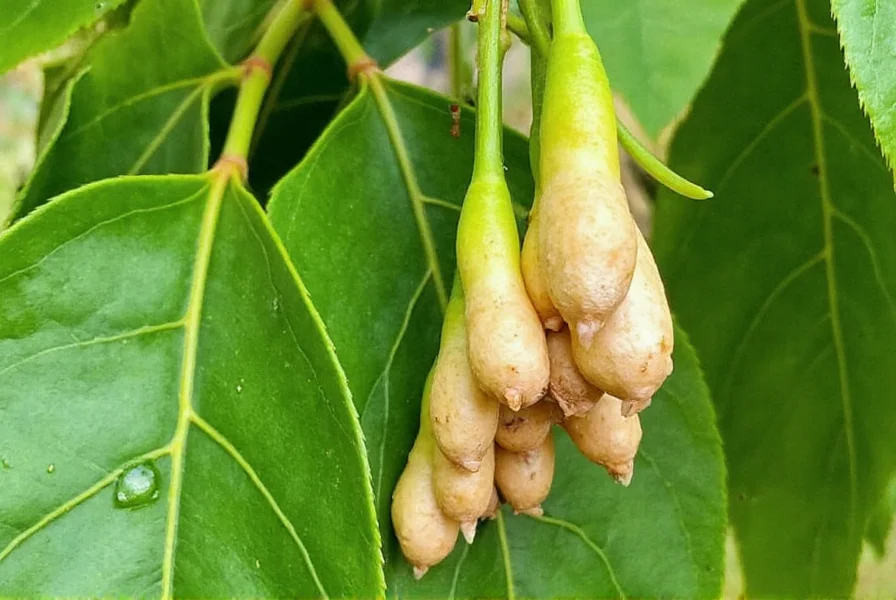Growing your own ginger at home is simpler than many gardeners realize. This tropical perennial thrives in warm climates but can be cultivated indoors or in containers almost anywhere. With proper care, you'll harvest fresh, organic ginger perfect for cooking, teas, and natural remedies.
Understanding Ginger as a Plant
Ginger (Zingiber officinale) isn't a root but a rhizome—an underground stem that stores nutrients. Native to Southeast Asia, this tropical plant grows 2-3 feet tall with narrow leaves and yellow-green flowers. While commercial growers harvest ginger after 8-10 months, you can pick 'baby ginger' after 4-5 months for a milder flavor and tender texture.
Best Ginger Varieties for Home Growing
Choose varieties suited to your climate and purpose:
| Variety | Best For | Maturity Time |
|---|---|---|
| Common Yellow Ginger | General cooking | 8-10 months |
| African Ginger | Stronger flavor | 9-11 months |
| Baby Ginger | Salads, pickling | 4-5 months |
| Indian Ginger | Spicy dishes | 8-9 months |
When to Plant Ginger
The optimal time to plant ginger depends on your climate zone:
- Tropical regions: Plant year-round, but best during rainy season
- Temperate climates: Start indoors 4-6 weeks before last frost, transplant outdoors when soil reaches 70°F
- Cool climates: Grow exclusively in containers you can move indoors
Ginger requires 8-10 months of warm growing conditions before harvest. In most regions, spring planting yields fall harvests.
Soil Requirements and Preparation
Ginger thrives in loose, fertile soil with excellent drainage. Create the ideal growing medium by:
- Mixing equal parts garden soil, compost, and perlite or sand
- Ensuring pH between 5.5-6.5 (slightly acidic)
- Adding 2-3 inches of well-rotted manure or compost
- Loosening soil to 12-inch depth for rhizome expansion
For container growing, use a 12-15 inch pot with drainage holes filled with quality potting mix. Ginger grows well in raised beds when garden soil lacks proper drainage.
Step-by-Step Ginger Planting Process
Follow these steps for successful ginger planting:
- Select healthy rhizomes: Choose plump, firm pieces with multiple 'eyes' (growth buds) from organic ginger (non-organic may be treated with growth inhibitors)
- Soak overnight: Submerge in warm water for 12-24 hours to stimulate growth
- Cut into sections: Each piece should have 1-2 eyes and measure 1-2 inches
- Plant eyes up: Place 2 inches deep in soil with growth buds facing upward
- Space properly: Allow 8-12 inches between plants in rows 18-24 inches apart
- Water gently: Moisten soil without creating puddles

Ginger Plant Care Requirements
Maintain these conditions for healthy ginger growth:
- Watering: Keep soil consistently moist but not soggy. Water when top inch feels dry. Reduce watering 2 months before harvest.
- Light: Provide 2-5 hours of morning sun with afternoon shade. Indoors, use bright indirect light.
- Temperature: Maintain 71-86°F (22-30°C). Protect from temperatures below 50°F.
- Fertilizing: Apply balanced organic fertilizer every 4-6 weeks during growing season.
- Mulching: Add 2-3 inches of straw or leaf mulch to retain moisture and regulate soil temperature.
Common Ginger Growing Problems and Solutions
Address these issues promptly:
- Yellowing leaves: Usually indicates overwatering. Reduce watering frequency and improve drainage.
- Rotting rhizomes: Caused by poor drainage or fungal infection. Remove affected plants and avoid replanting in same location.
- Leaf spot: Treat with copper-based fungicide and improve air circulation.
- Weak growth: Apply balanced fertilizer and ensure adequate light exposure.
- Pests: Aphids and spider mites can be controlled with insecticidal soap.
Harvesting Your Ginger
Harvest ginger when:
- Leaves turn yellow and begin dying back (typically 8-10 months after planting)
- Rhizomes feel firm and have developed characteristic shape
- Outer skin becomes tough and fibrous
To harvest:
- Stop watering 1-2 weeks before harvest to dry soil slightly
- Carefully dig around plants with a garden fork
- Lift entire plant with attached rhizomes
- Shake off excess soil (don't wash immediately)
- Cut stems 1 inch above rhizome

Storing and Using Home-Grown Ginger
Preserve your harvest properly:
- Short-term: Store unpeeled in refrigerator crisper drawer for 2-3 weeks
- Medium-term: Place in airtight container with dry sand in cool, dark place for 1-2 months
- Long-term: Freeze peeled ginger in freezer bags for up to 6 months
- Drying: Slice thin and dehydrate at 135°F for 8-12 hours for ginger powder
Freshly harvested ginger has higher moisture content and milder flavor than store-bought, making it ideal for teas, smoothies, and raw applications.
Frequently Asked Questions
Can I grow ginger from store-bought ginger?
Yes, but choose organic ginger as non-organic varieties are often treated with growth inhibitors. Look for plump pieces with visible growth buds (eyes). Soak in warm water for 24 hours before planting to encourage sprouting.
How long does it take to grow ginger?
Ginger requires 8-10 months of warm growing conditions to reach full maturity. You can harvest 'baby ginger' after 4-5 months for a milder flavor and more tender texture, but the rhizomes will be smaller.
Why is my ginger plant not growing?
Common reasons include: temperatures below 50°F, improper watering (too much or too little), poor soil drainage, insufficient light, or using non-organic ginger treated with growth inhibitors. Ginger grows slowly at first—be patient as sprouting can take 2-4 weeks.
Can ginger grow in containers?
Yes, ginger grows well in containers. Use a pot at least 12 inches deep with drainage holes. Container growing allows you to move plants indoors when temperatures drop below 50°F. Ensure consistent moisture and provide partial shade for best results.
How do I know when ginger is ready to harvest?
Ginger is ready to harvest when the leaves turn yellow and begin to die back, typically 8-10 months after planting. The rhizomes will feel firm when squeezed, and the outer skin will become tougher and develop the characteristic ginger texture.











 浙公网安备
33010002000092号
浙公网安备
33010002000092号 浙B2-20120091-4
浙B2-20120091-4